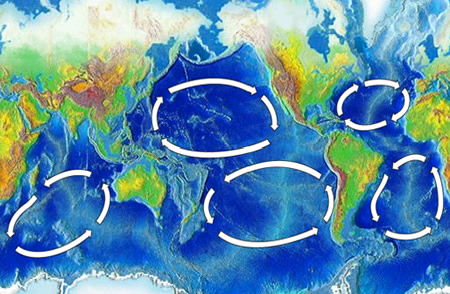Houston, we might be the problem!
Pack Expo – Las Vegas, my first major event within the “plastic industry” and it was a very eye-opening experience for me.
I went to this convention in a dress that was made completely out of plastic “trash.” I was very nervous to be in public dressed in what could be construed as a controversial outfit; however, the second I walked into the door I could tell that most people were going to be receptive and accepting of my “statement.”
I thoroughly enjoyed being at Pack Expo. I had a lot of fun walking through the aisles and meeting so many great people. I was often stopped and asked by many of the attendees to just take a picture with me and then was asked why I was wearing this particular outfit. Unfortunately, most people didn’t quite understand what was behind the sentiment of my plastic dress and they thought I was there to endorse recycling. My colleagues and I were able to take the opportunity to share with so many people that even though we think recycling is great, it’s not enough and that there are more options for being truly sustainable.
Something that I think the plastic industry would be more cognizant of, is recycling and sustainability. However, there weren’t even recycle bins at Pack Expo (well, there was actually only one recycle bin that I saw. There were, however, bins for garbage at practically every corner) This is definitely indicative of the sustainability problem we face. Most of the plastic discarded doesn’t even get recycled, it ends up in landfills. The entire Pack Expo is a reflection of the plastic packaging industry and yet they didn’t even offer a sustainable option for discarding plastic refuse from the show. Not to mention that on the final day when booths were being torn down, workers were just throwing away huge piles and handfuls of plastics into the garbage.
If we, the “experts” in plastic packaging, don’t come up with solutions for sustainability the problem is only going to get worse. For being an event encompassing the plastic packaging industry, I was very surprised to learn that people in this industry aren’t more concerned with the end of life of their plastic packaging. I thought for sure that the people in this business would realize that recycling just isn’t enough.
I wore a dress made out of plastic bags and packaging to make a point that represented the many items on my dress would not be recycled; but would ultimately end up in a landfill. What happens to all that plastic when it’s not recycled and gets discarded? Right now, nothing happens; it will stay buried in a landfill for thousands of years. Doesn’t it make sense to think that more should be done?
Unless you’re doing something with your packaging to make it more sustainable; you’re part of the problem!


